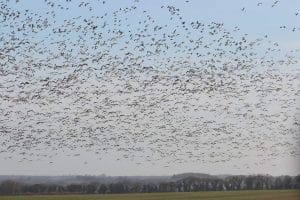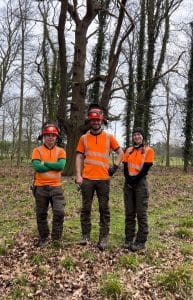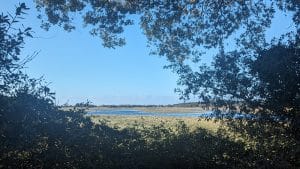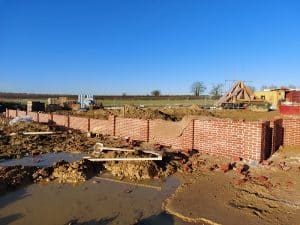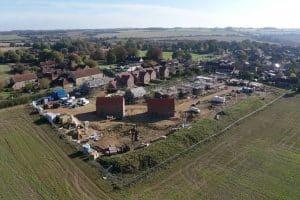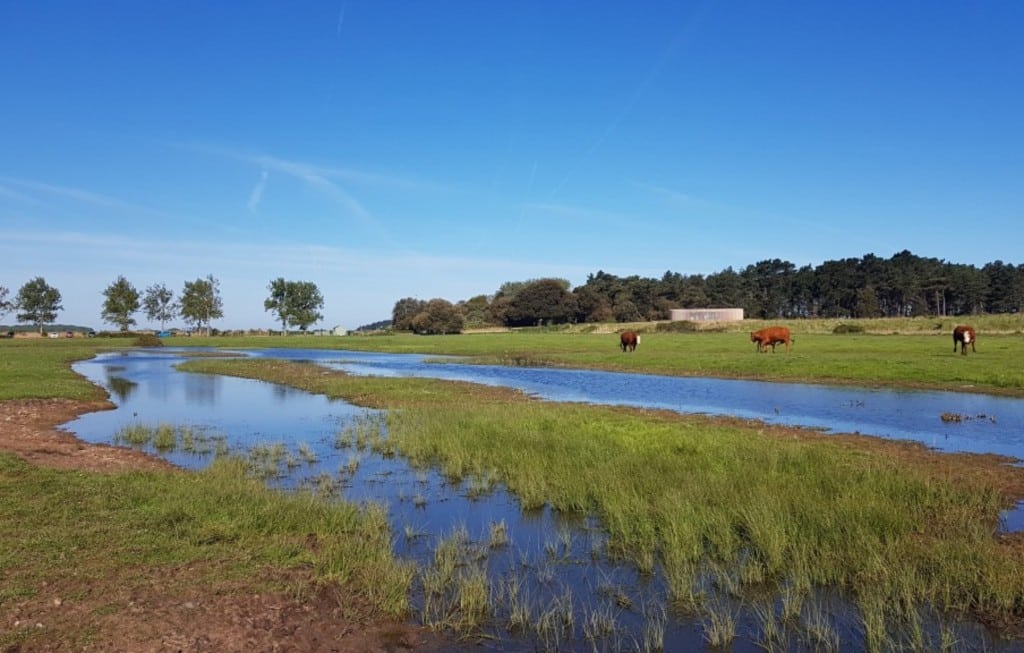
Micklefleet Marsh – a New Wetland at Holkham
January 22, 2020 | Land management | 4 minute read
Many of you will have noticed how much wetter the fields adjacent to Lady Anne’s Drive are this winter. It has been part of a plan to create wildlife rich habitat close to The Lookout and bring wildlife to the people. The fields are steeped in history but have until recently been very dry meadows. Back in the middle ages the area was a network of tidal creeks and salt marshes until a sea wall was built in 1719. One of the channels that flowed close to the northern edge of the area was called Micklefleet, hence the new name. For us to create a wetland it has been relatively easy. Our feed of water was diverted from existing dykes, a sluice enabled us to back up water, which then flowed into lows connecting field to ditch. With the aid of tractor driven machinery – the rotary ditcher – we were able to link together the remnants of the former salt marsh creeks, widen them and deepen them thus taking water into a larger area.
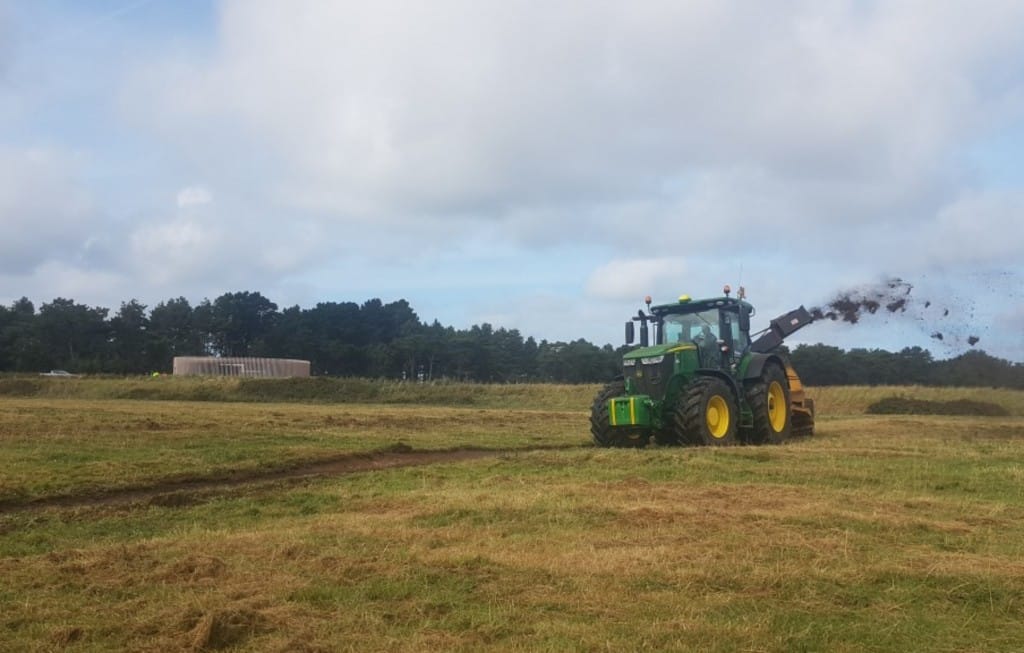
The rotary ditcher at work creating new creeks within the fields last autumn.
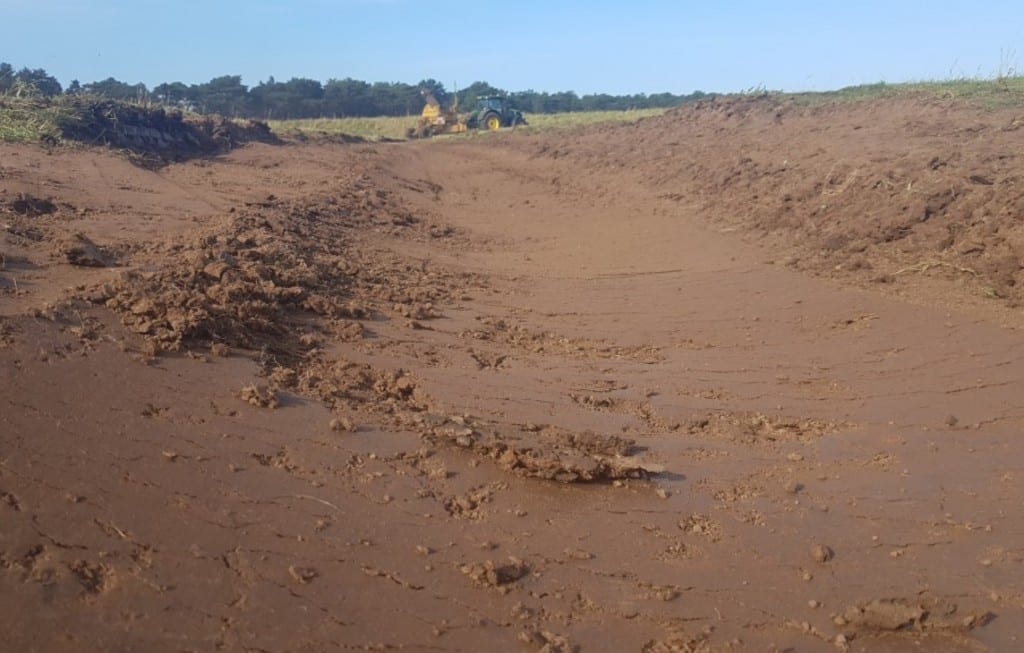
The initial creeks created were shallow and saucer shaped to allow muddy edge for feeding waders to be retained as summer water levels drop.
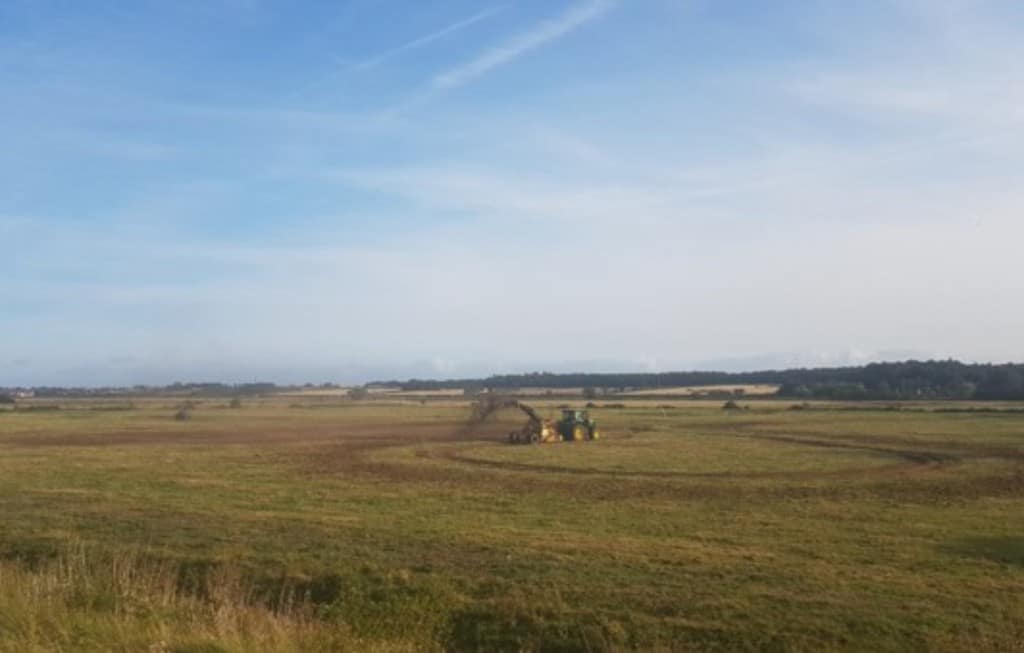
Here the machine is creating a new circular creek in the otherwise dry field.
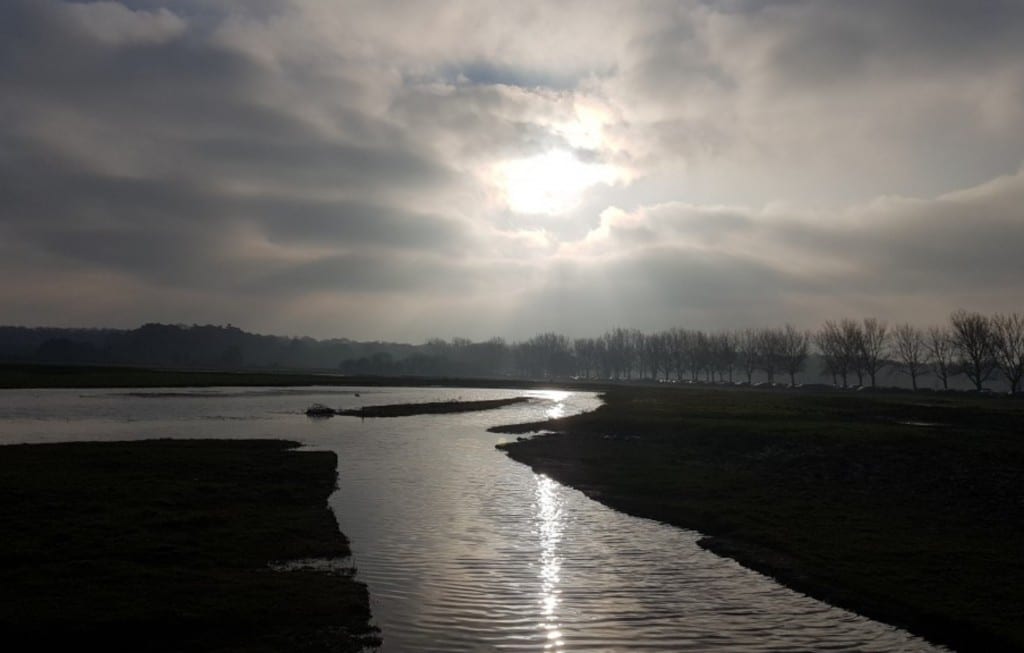
The creeks soon started to fill up with fresh water we fed in from existing dykes.
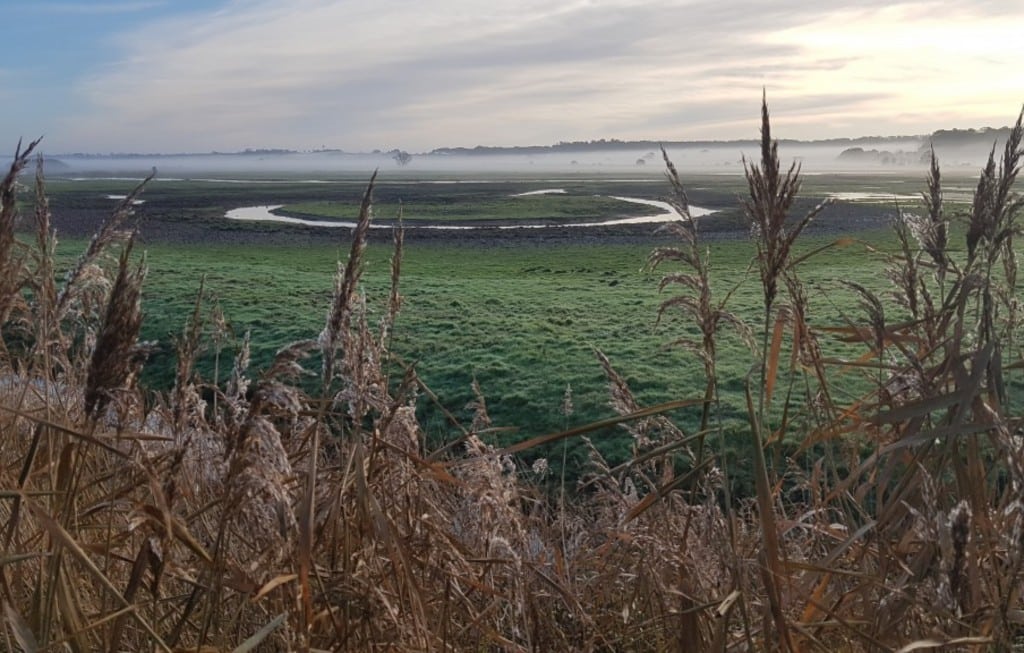
A winter view of Micklefleet Marsh from close to The Lookout.
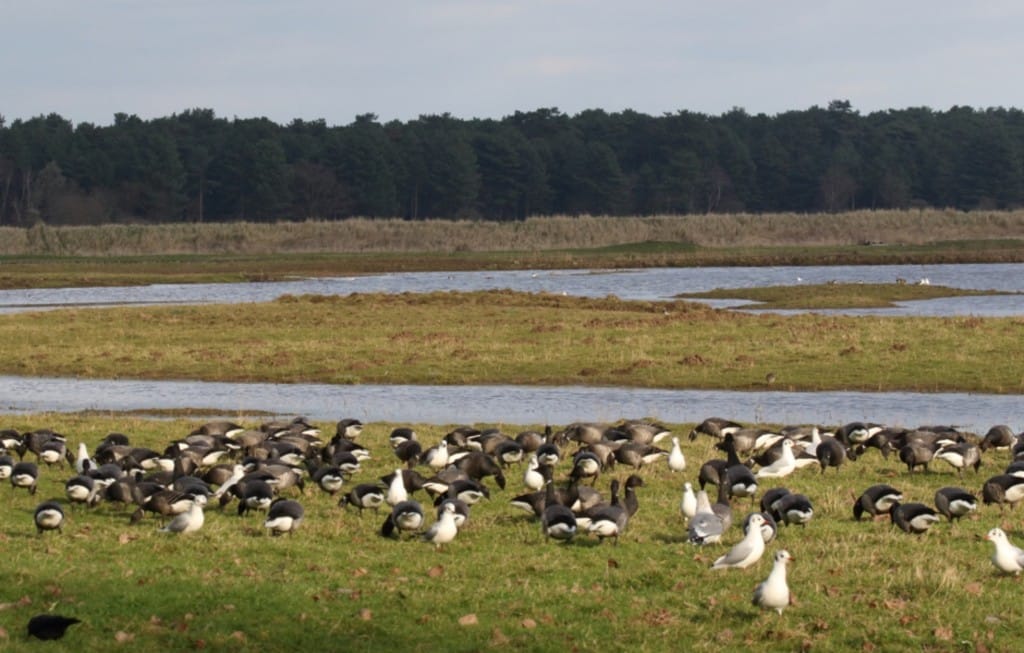
Brent Geese from Siberia have arrived for the winter.
Fresh water attracts birds, be they wildfowl or waders and our aim was to create habitat for nesting Lapwings, Redshanks and Avocets alongside winter visitors such as Wigeon, Teal, Pink-footed and Brent geese. For the fields to be perfect, summer grazing by cows is essential. The grass is then nibbled by ducks and geese in the winter thus maintaining conditions for the following nesting season. When we commenced our first piece of work in 2018/19, we knew there had been few nesting birds. With more water, up to four pairs of Lapwings and Redshanks and Oystercatchers arrived. Currently the fields are alive with grazing Wigeon and Brent geese, while surprise visitors such as Bewick’s Swans have been seen. For us at Holkham this is only the start and exciting times lay ahead!
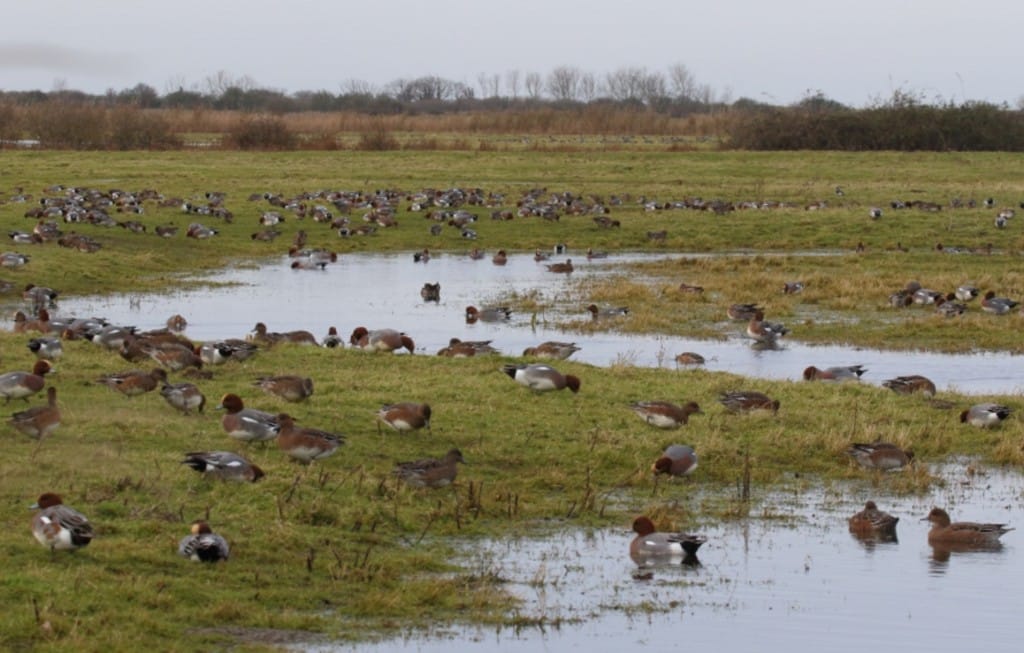
Other winter visitors have included several thousand very tame Wigeon grazing the short grass.
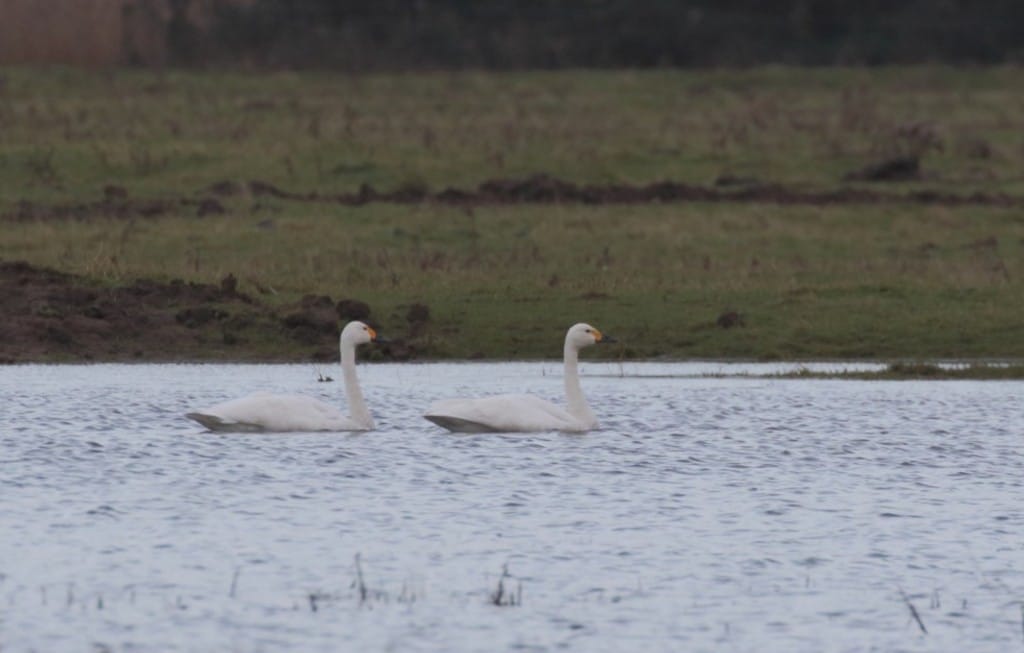
A pair of Bewick’s Swans was a surprise visitation.
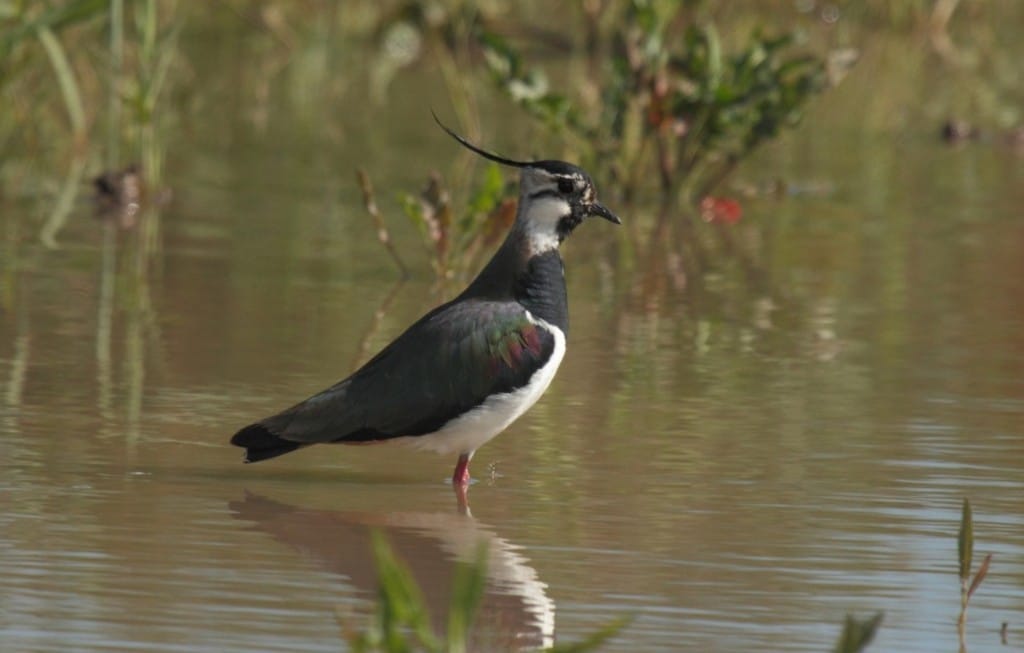
Hopefully in the spring the marsh will be home to many nesting Lapwings!
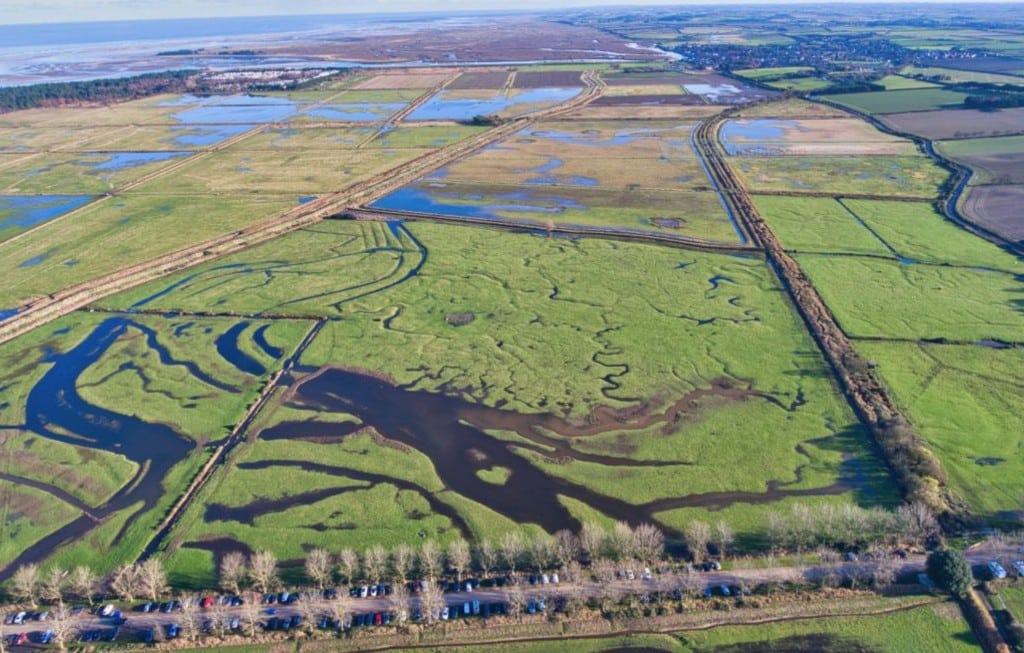
Micklefleet Marsh as seen from the air! Many thanks to Mark Berwick for this stunning picture.
View all latest blog posts here.
Back to Journal Back to Journal
